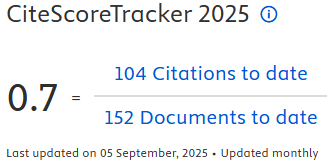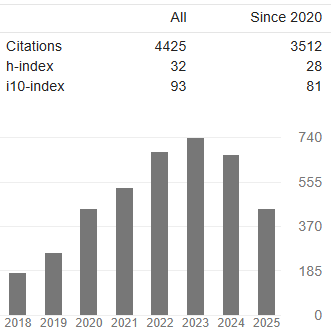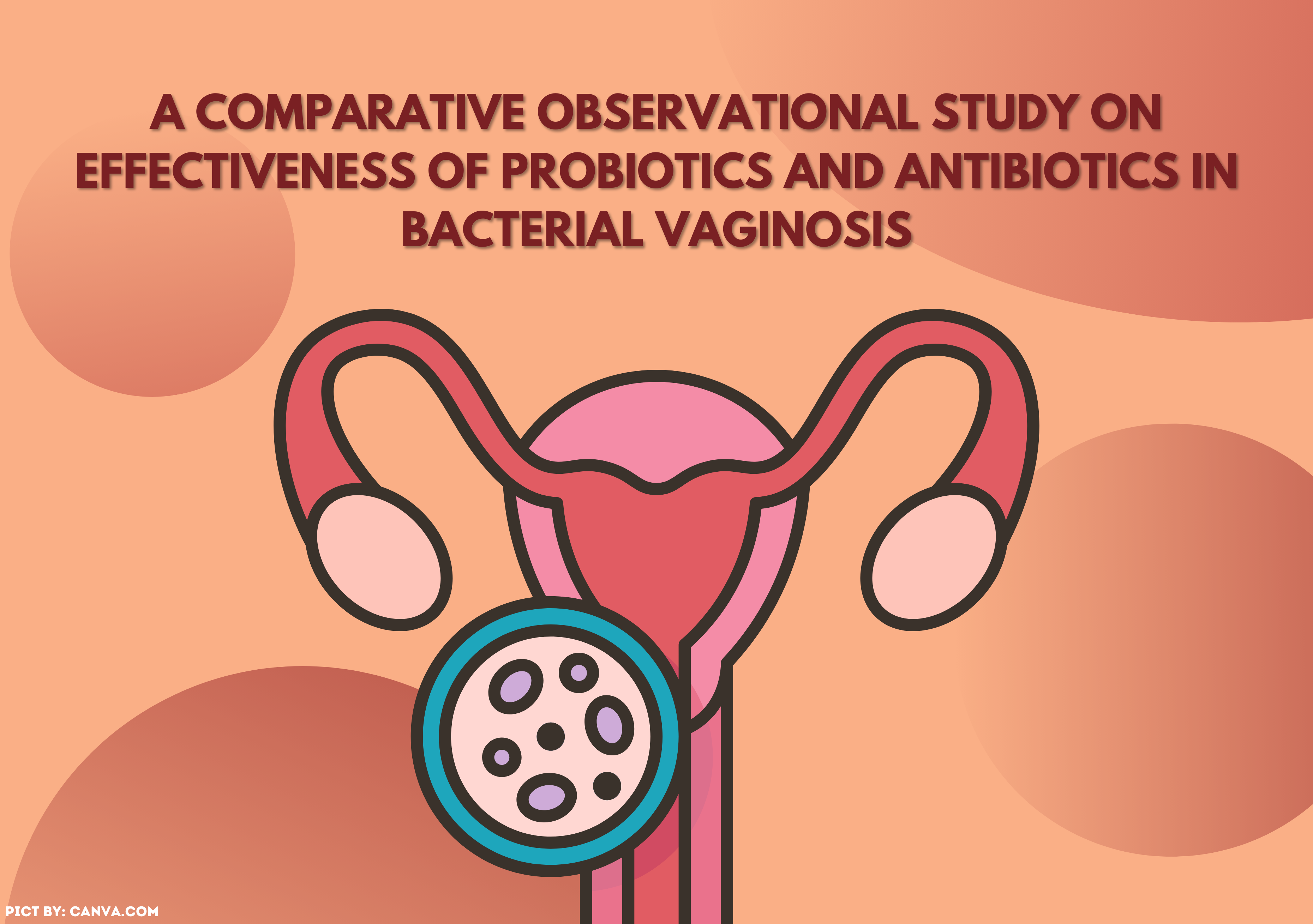PEER COUNSELING TRAINING AS A METHOD OF SEXUAL HEALTH PROMOTION IN ADOLESCENTS
Downloads
ABSTRACT
One characteristic of adolescents is their tendency to share information, tell stories, and gather with their peers. They may experience the negative effects of these habits when they do not have adequate life skills, especially in terms of sexuality. On the other hand, these activities present an opportunity for health promotion through peer-based approaches or peer counseling. The goal is to know the effects of peer counseling methods as media of information to increase adolescents' knowledge and attitude regarding sexual problems. The study used a quasi-experimental approach with a nonequivalent control group design. The sample consisted of 17 respondents between 15-24 years old living in Banguntapan, Bantul, Yogyakarta who fulfilled the inclusion and exclusion criteria. Data were collected with the purposive sampling technique. The research instrument used was a questionnaire. The results showed that there was a difference in the average knowledge level (p = 0.021) and attitudes (p = 0.000) of respondents related to sexuality before and after receiving peer counseling training. Methods and media used in delivering health information to adolescents should be diversified in schools, in the community, and in health services to generate interest in accessing and heeding appropriate health information.
Keywords: peer counseling, sexuality, adolescents, health promotion
Amelia, C. R. (2014). Pendidikan Sebaya Meningkatkan Pengetahuan Sindrom Pramenstruasi pada Remaja Peer Education Improve Premenstrual Syndrome Knowledge in Adolescent. Jurnal Kedokteran Brawijaya, 28(2), 151–153. https://doi.org/http://dx.doi.org/10.21776/ub.jkb.2014.028.02.17
Ariyanti, S. (2015). Early Marriage in Bantul is predominantly Unwanted Pregnancy. Tribun News.
Azizi, M., Hamzehgardeshi, Z., & Shahhosseini, Z. (2016). Influential Factors for the Improvement of Peer Education in Adolescents: A Narrative Review. Journal of Pediatrics Review, In Press(In Press). https://doi.org/10.17795/jpr-7692
Beatrice Kelly, A., Charles Odongo, B., Obiero Mobegi, C., Jairo Aloka, P., & Benjamin Nyareki, O. (2016). The Influence Of Peer Counselors Training On Their Effectiveness In Addressing Risky Sexual Behaviours Among Students In Public Secondary Schools In Kisii Central Sub-County. International Journal of Arts and Commerce, 5(5), 52–61.
Fitriana, H., & Siswantara, P. (2018). Pendidikan Kesehatan Reproduksi Remaja di SMPN 52 Surabaya. The Indonesian Journal of Public Health, 13(1). https://doi.org/http://dx.doi.org/10.20473/ijph.v13i1.2018.110-121
Fitrianingrum, N. M., Supiyati, S., & Sumarni, S. (2018). Pengaruh Pelatihan Konselor Sebaya pada Remaja Desa Purwobinangun Sleman Terhadap Pengetahuan dan Keterampilan Memberikan Konseling HIV/AIDS. Jurnal Kesehatan Vokasional, 3(2), 96. https://doi.org/10.22146/-.33873
Green, L. W., & Kreuter, M. W. (1999). Health Promotion Planning, An Educational And Environmental Approach. Mountain View, California.: Mayfield Publishing Compan.
Harini, R. (2014). The Effects of Peer Counselor Training on Knowledge, Attitudes, and Skills of PIK-KRM Board in Faculty of Health, University of Muhammadiyah Malang. Postgraduate Program of Nursing Science Program Faculty of Medicine, Gadjah Mada University, 326247.
Hatami, M., Kazemi, A., & Mehrabi, T. (2015). Effect of peer education in school on sexual health knowledge and attitude in girl adolescents. Journal of Education and Health Promotion, 4, 78. https://doi.org/10.4103/2277-9531.171791
Husodo, B. T., & Widagdo, L. (2008). Pengetahuan dan Sikap Konselor SMP dan SMA dalam Penyuluhan Kesehatan Reproduksi Di Kota Semarang. Makara Kesehatan, 12(2), 59–62. https://doi.org/https://doi/org/10.7454/msk.v12i2.297
Ibrahim, N., Rampal, L., Jamil, Z., & Zain, A. M. (2012). Effectiveness of peer-led education on knowledge, attitude and risk behavior practices related to HIV among students at a Malaysian public university - A randomized controlled trial. Preventive Medicine, 55(5), 505–510.
https://doi.org/10.1016/j.ypmed.2012.09.003
Kar, S., Choudhury, A., & Singh, A. (2015). Understanding normal development of adolescent sexuality: A bumpy ride. Journal of Human Reproductive Sciences, 8(2), 70–74. https://doi.org/10.4103/0974-1208.158594
Laksmiwiati, ida ayu alit. (2003). Transformasi Sosial dan Perilaku Reproduksi Remaja. Jurnal Studi Jender Srikandi, 3(1).
Laura Widman, Choukas-Bradley, S., Helms, S. W., & Prinstein, M.
J. (2017). Adolescent Susceptibility to Peer Influence in Sexual Situations Laura. Physiology & Behavior, 176(1), 139–148. https://doi.org/10.1016/j.physbeh.2017.03.040
National Population and Family Planning Agency (BKKBN). (2012). Policy Brief Remaja Pernikahan Dini. Direktorat Pemaduan Kebijakan Pengendalian Penduduk (Ditjakduk).
Nurfazriah, I., Sunjaya, D. K., & Susanah, S. (2018). The Peer Counseling Model in Adolescents Reproductive Health for Senior High School Students. Global Medical & Health Communication (GMHC), 6(3), 209–219. https://doi.org/10.29313/gmhc.v6i3.3108
PeÒ«i, B. (2017). Peer Influence and Adolescent Sexual Behavior Trajectories: Links to Sexual Initation. European Journal of Multidisciplinary Studies, 4(3), 96. https://doi.org/10.26417/ejms.v4i3.p96-105
Salam, R. A., Faqqah, A., Sajjad, N., Lassi, Z. S., Das, J. K., Kaufman, M., & Bhutta, Z. A. (2016). Improving Adolescent Sexual and Reproductive Health: A Systematic Review of Potential Interventions. Journal of Adolescent Health, 59(2), S11–S28. https://doi.org/10.1016/j.jadohealth.2016.05.022
Suwarjo. (2008). Konseling Teman Sebaya (Peer Counseling) Untuk Mengembangkan Resiliensi Remaja. Universitas Pendidikan Indonesia.
Thohari, H. (2013). PKBI Sebut Terjadi 325 Kehamilan Tidak Diinginkan di Yogyakarta. Tribun Jogja.
Tulloch, T., & Kaufman, M. (2013). Adolescent Sexuality. Pediatrics in Review, 34(1).
World Health Organization. (2018). Adolescent pregnancy. World Health Organization.
- The authors agree to transfer the transfer copyright of the article to The Indonesian Journal of Public Health effective if and when the paper is accepted for publication.
- Authors and other parties are bound to the Creative Commons Attribution-NonCommercial-ShareAlike 4.0 International License for the published articles, legal formal aspect of journal publication accessibility refers to Creative Commons Attribution-NonCommercial-ShareAlike 4.0 International License (CC BY-NC-SA), implies that:
- Attribution ” You must give appropriate credit, provide a link to the license, and indicate if changes were made. You may do so in any reasonable manner, but not in any way that suggests the licensor endorses you or your use.
- NonCommercial ” You may not use the material for commercial purposes.
- ShareAlike ” If you remix, transform, or build upon the material, you must distribute your contributions under the same license as the original.































